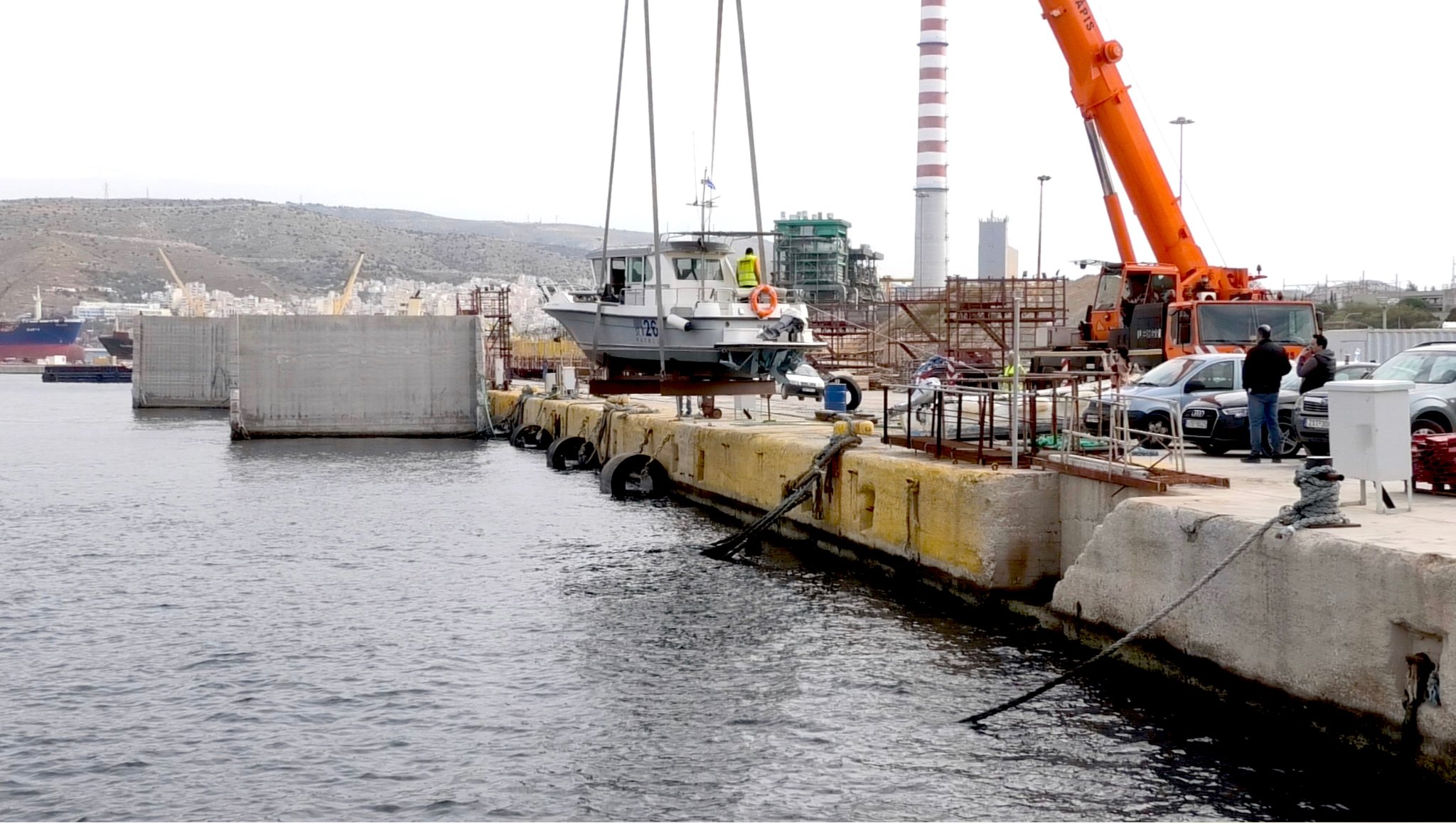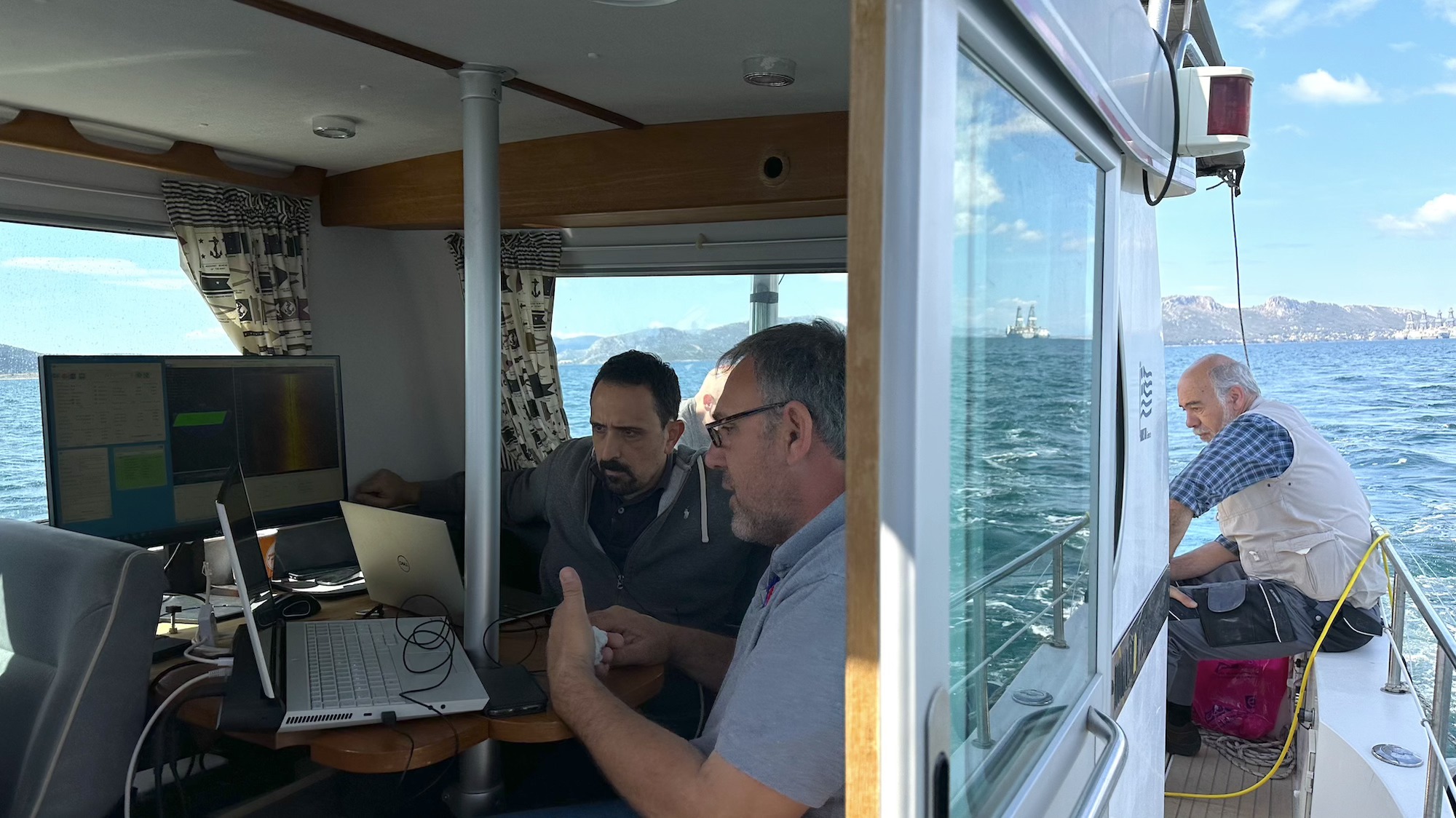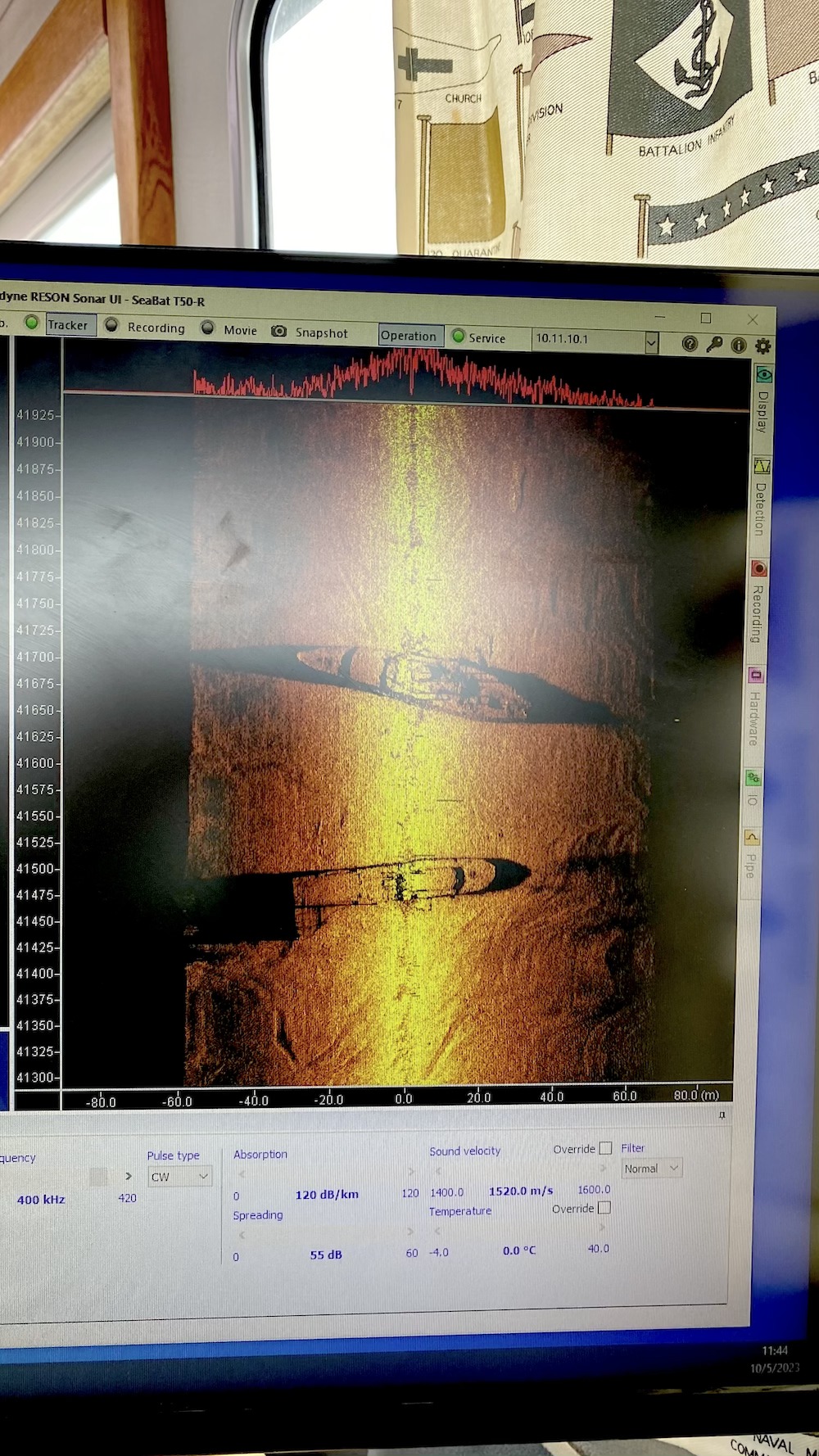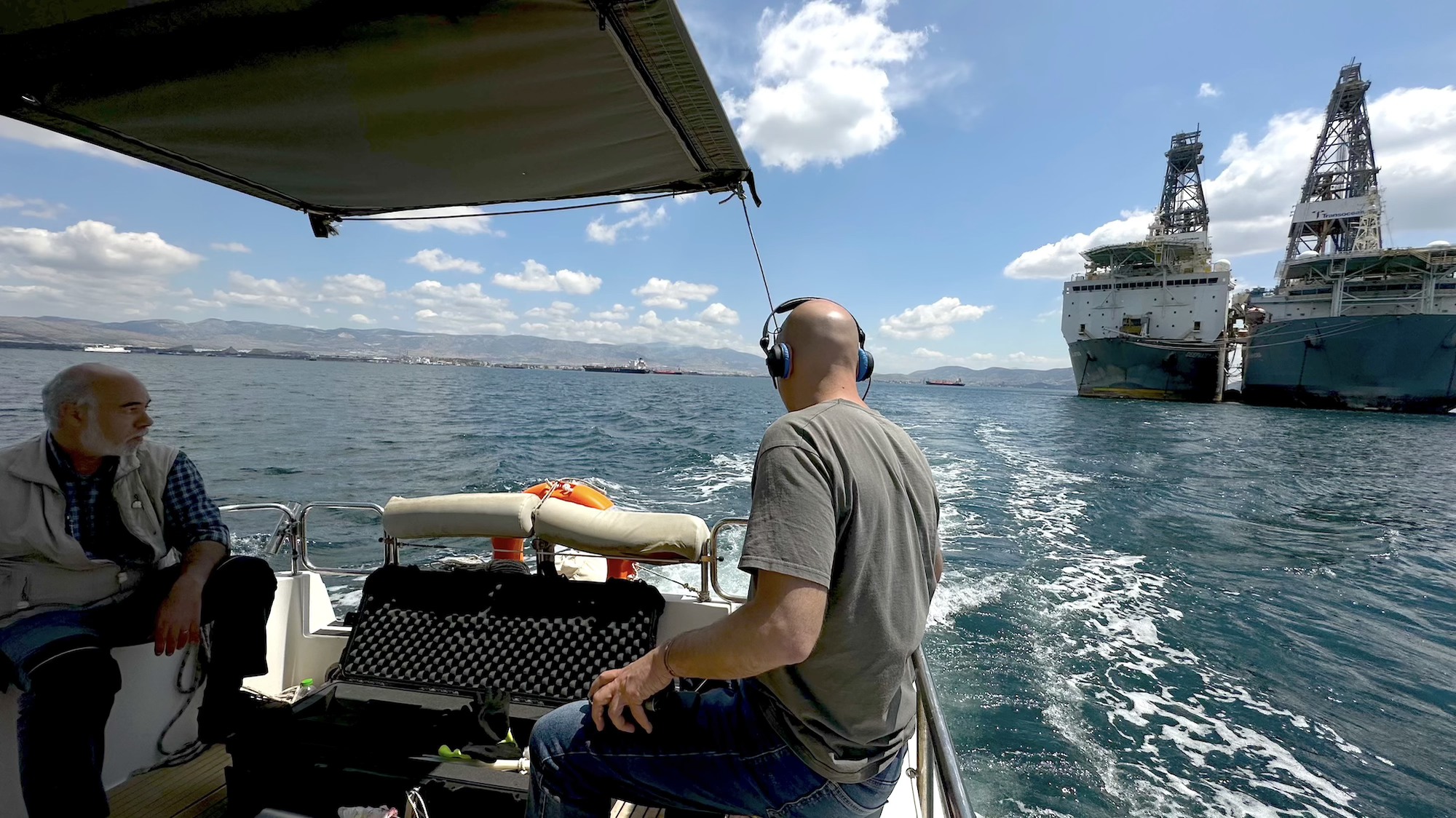Sounding the Silent World | KATō ΚΟΣΜΟΣ (2023)
Audiovisual installation utilising acoustic remote sensing for seabed mapping
side-scan sonar plexiglass prints in lightboxes, multi-beam echosounder digital video, inkjet prints, custom-made wooden bathymetric map, 5.1 sound system
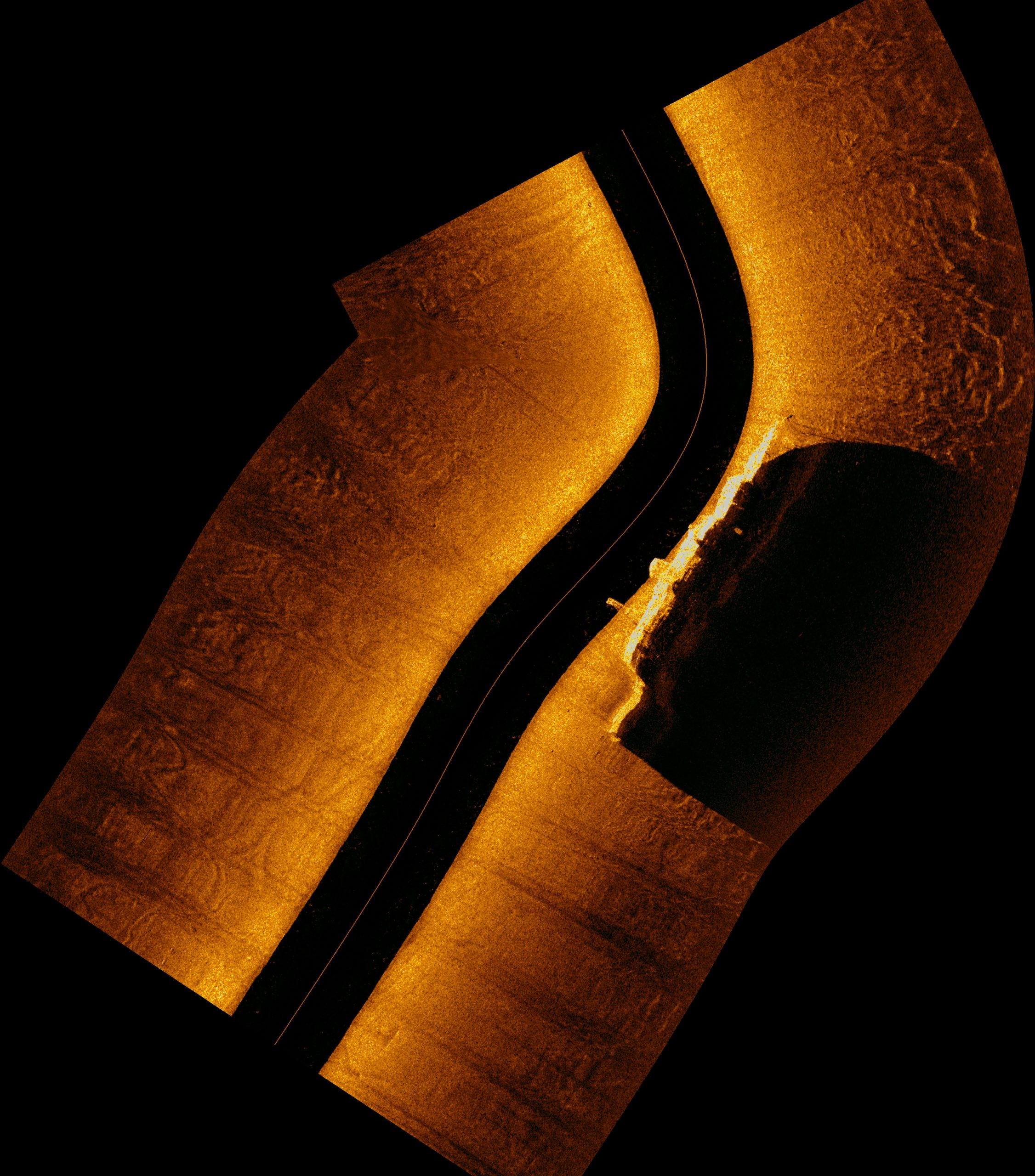
Side-scan sonar of a shipwreck at Elefsina Bay
Covering more than seven-tenths of the Earth, the uninviting sea signifies a threshold, a vast and enigmatic realm. Within ancient cosmologies, the sea has been sacralised by many cultures and often represented as a purifying vessel of human activity, with the power to cleanse what is dangerous, dirty, and morally contaminating. Likewise, its depths, the undersea has been thought of as a no man’s land, an inaccessible and uninhabitable terra incognita. We still claim that we know more about the surface of the moon than what the oceanic seabed conceals. Indeed, the bottom of the sea is both a hiding place and a convenient rug under which humanity has been sweeping anything non-wanted.
Once ships are sunk, they are removed from ship registries and are therefore deleted from the present. However, their ghostly material remains tend to stay with us for much longer, representing the third in rank source of oceanic pollution alongside acidification and microplastics. The leading global heritage organization, UNESCO, protects wrecks that have sunk before 100 years ago, therefore recently wrecked ships are currently in a limbo state, depending on governments and regional policies towards their removal and safe decommissioning. Sounding the Silent World is an archaeological/environmental artistic research project focusing on the latent state at the end of a vessel’s life cycle, when a ship becomes a phantom entity wavering between marine debris and monumental status, while on the other hand it aesthetically explores notions of the romantic sublime, in a time of man-made catastrophes. The project views the seafloor as a cultural landscape, a dynamic archive, which complements terrestrial landscapes in mirroring our societal practices. With shipwrecks representing large-scale human time-capsules, as well as debris, there is a lot to be learnt about our present failures, through the exploration of their material, environmental, and metaphorical dimensions.
ΚΑΤō ΚΟΣΜΟΣ (meaning underworld in greek) is the first iteration and kick-off of the broader project, which will gradually expand into a diverse assemblage of artistic and theoretical outcomes across media and locales around the world. As a case study, It is centred around an atypical ship graveyard in the bay of Eleusis -an ancient Greek sanctuary and ritual centre and portal to the mythological underworld- where ruins of a “deeper” past intersperse with ruins of the present in a catastrophic cohabitation. The works exhibited resulted from an underwater exploratory drift in the bay of Eleusis, that bore the objective of mapping the shipwrecks and other mysterious objects it hosts through the employment of imaging methods used in maritime archaeology and oceanography. It consists of finds collected by an interdisciplinary team that investigated, organised, and executed an offshore survey by utilising acoustic remote sensing (side-scan sonar, multibeam echosounder, hydrophones), presenting thereby imagery created exclusively via sound. Unlike optical and electromagnetic waves, acoustic waves can travel long distances underwater, making them the primary tool for sensing and metaphorically listening to the ocean.
Eleusis knows how to craft mysteries and remain silent around them, all the while sustaining their enigmatic dimension through time. The new mysteries that this project salvaged from the sea are also subject to a different, contemporary code of silence concerning some hard-to-ignore toxic material realities. However, despite their persistence, no one seems to want to see or hear these realities. Under this light, the project’s major undertaking is to “listen” to the spectres of this watery underworld and channel their whispers to the surface, in order to expose them in plain sight with the hope that someone eventually will listen. In this light, the artist becomes an ‘archaeologist’ and proceeds to a symbolic rediscovery of these materialities in order to remind the visitor of their presence, but to also create an ambiguous, gold-coloured space of contemplation; not on success as the colour would suggest, but on our failures, whether these are sociopolitical, environmental or personal.
The exhibited works resulted from a seabed mapping survey conducted in May 2023 with the research vessel Antaris II.
Sounding the Silent World is the winner of the 2022 Prix COAL – Océans, Prize for Art and Ecology. Its research was supported by Onassis AiR. KATõ ΚΟΣΜΟΣ is a new work commission by 2023 Eleusis European Capital of Culture with the support of the National Museum of Contemporary Arts (EMST) Athens. It was first presented at the Old Olive Mill in Elefsina, Greece as part of the flagship art show Mystery 3 Elefsina Mon Amour: In Search of the Third Paradise curated by Katerina Gregos. The project is currently continuing its research in various locations in Brittany, France supported by the IN SITU programme at the Cité Internationale des Arts, funded by the Fondation Daniel et Nina Carasso.
Credits
Maritime survey team: Dimitris Sakellariou, Ioannis Morfis (side-scan sonar/ Hellenic Center for Marine Research-HCMR), Kostas Bakalos (multibeam echosounder), Nikos Kokonakis (vessel captain) | Hydrophone field recordings & Sound design: Manolis Manousakis | Video Colorist: Sakis Bouzanis 2|35 | Research: Yannis-Orestis Papadimitriou, Marina Gioti | Scientific advisor: Aris Anagnostopoulos | Map Design, prints: Yorgos Kazakos
Thanks
Bénédicte Alliot and the team of Cité Internationale des Arts, María Inés Rodríguez, Jean-Christophe Lanquetin, Annabela Tournon, Fellows of the IN SITU programme, Fondation Daniel and Nina Carasso, Eva Vaslamatzi, Jacob Moe, Yiannis Hadjiaslanis, Despina Koutsoumba, Hellenic Centre for Marine Research (HCMR), Nefeli Myrodia (Onassis AiR), Lauranne Germond (COAL), Fondation François Sommer/ Musée de la Chasse et de la Nature, Geli Mademli, Orestis Andreadakis, Ash Bulayev, Dimitris Gkotsis, Mina Dreki, Dimitris Kalpakis, Georgios Papadopoulos, Giannis Kanakis, Stelios Apostolopoulos, Niko Dayandas.
EXHIBITIONS
2024 | KATō KOΣΜΟΣ, Galerie Dominique Fiat, Paris (solo)
2024 | COALITION – 15 Ans d’art et d’écologie, La Gaîté Lyrique, Paris
2023 | Mystery 3 Elefsina Mon Amour: In Search of the Third Paradise, flagship art exhibition of 2023 Eleusis European Cultural Capital, Old Olive Mill, Elefsina
Installation documentation photos
KATō KOΣΜΟΣ, Galerie Dominique Fiat, Paris
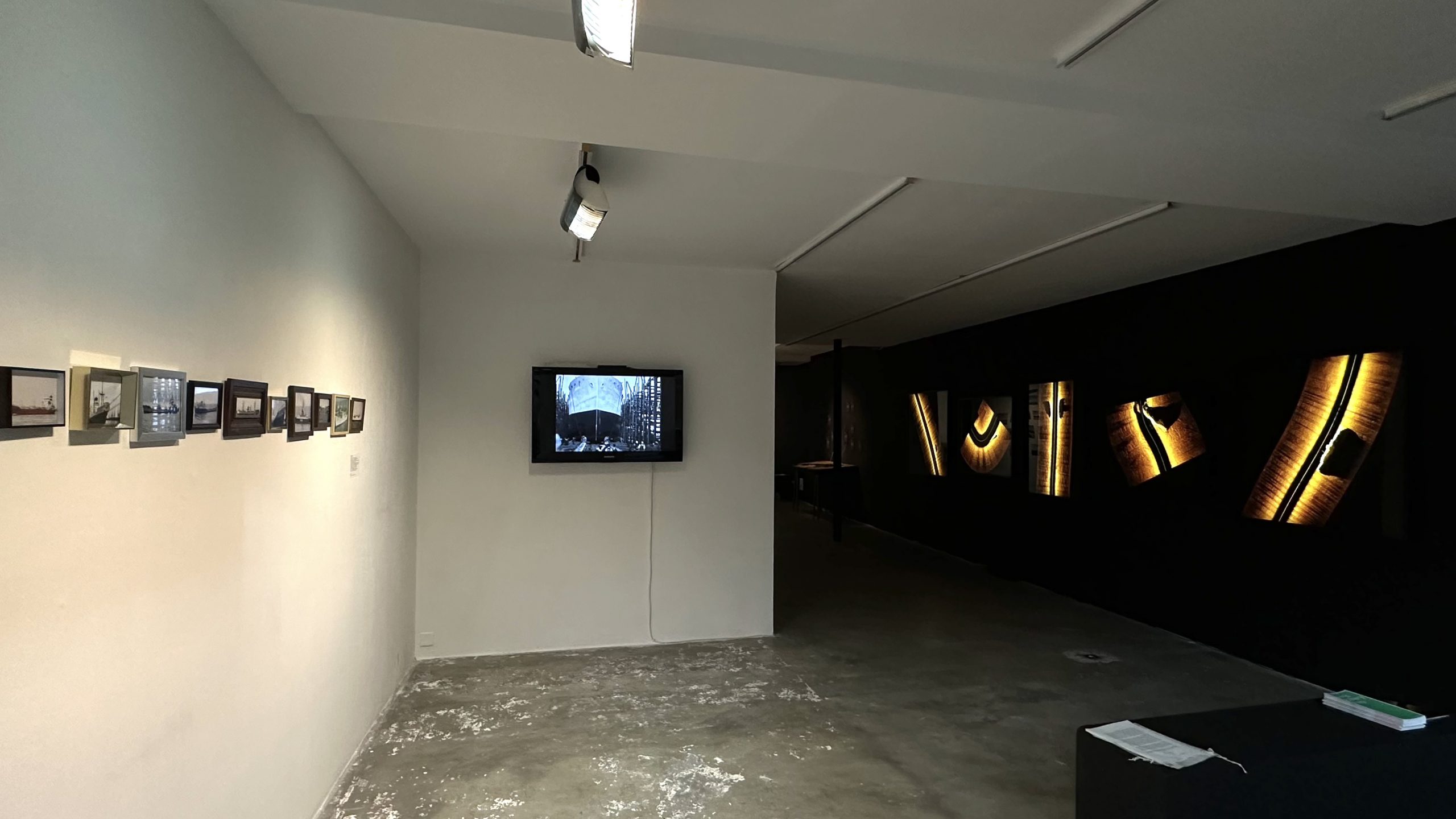
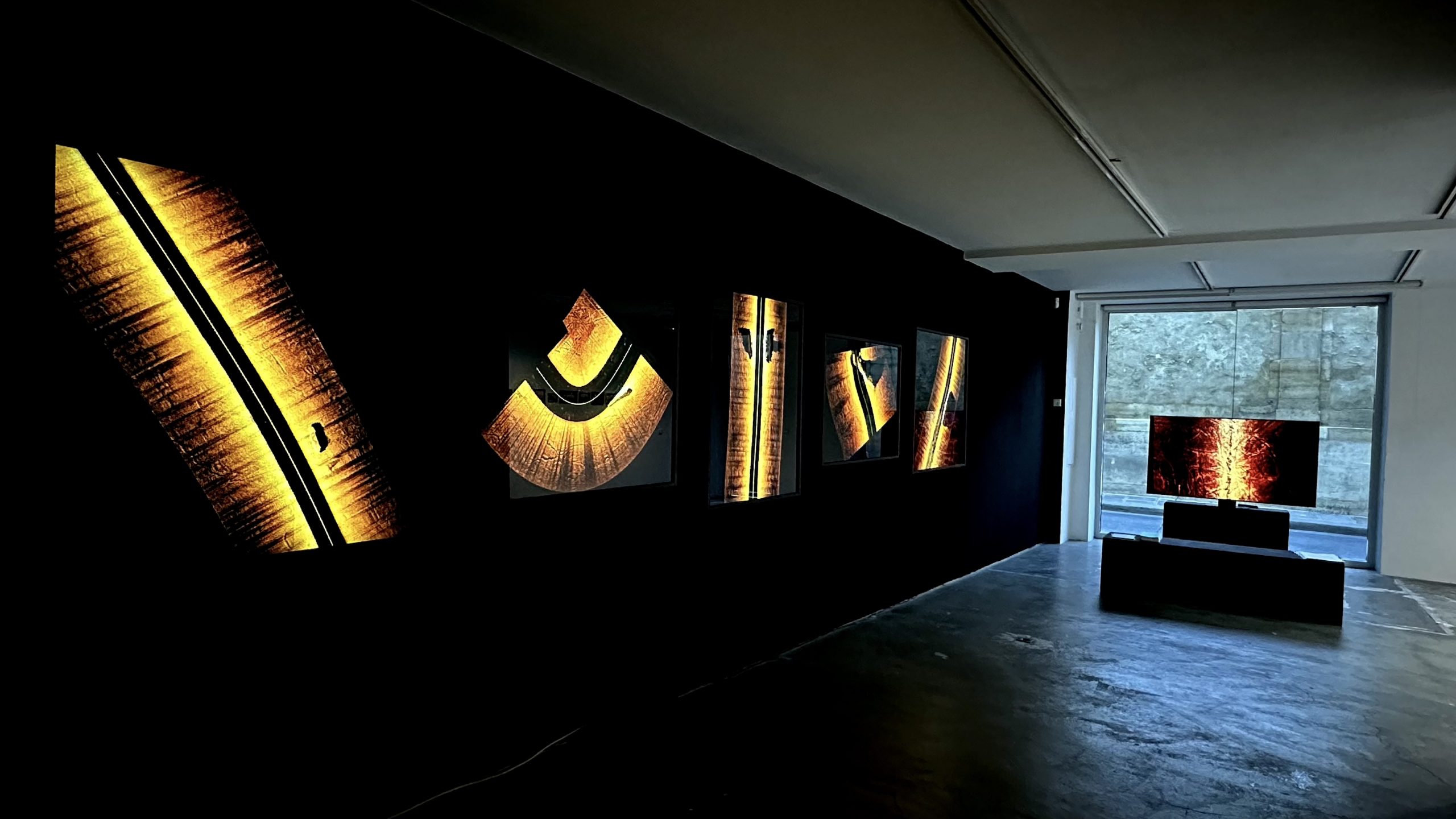
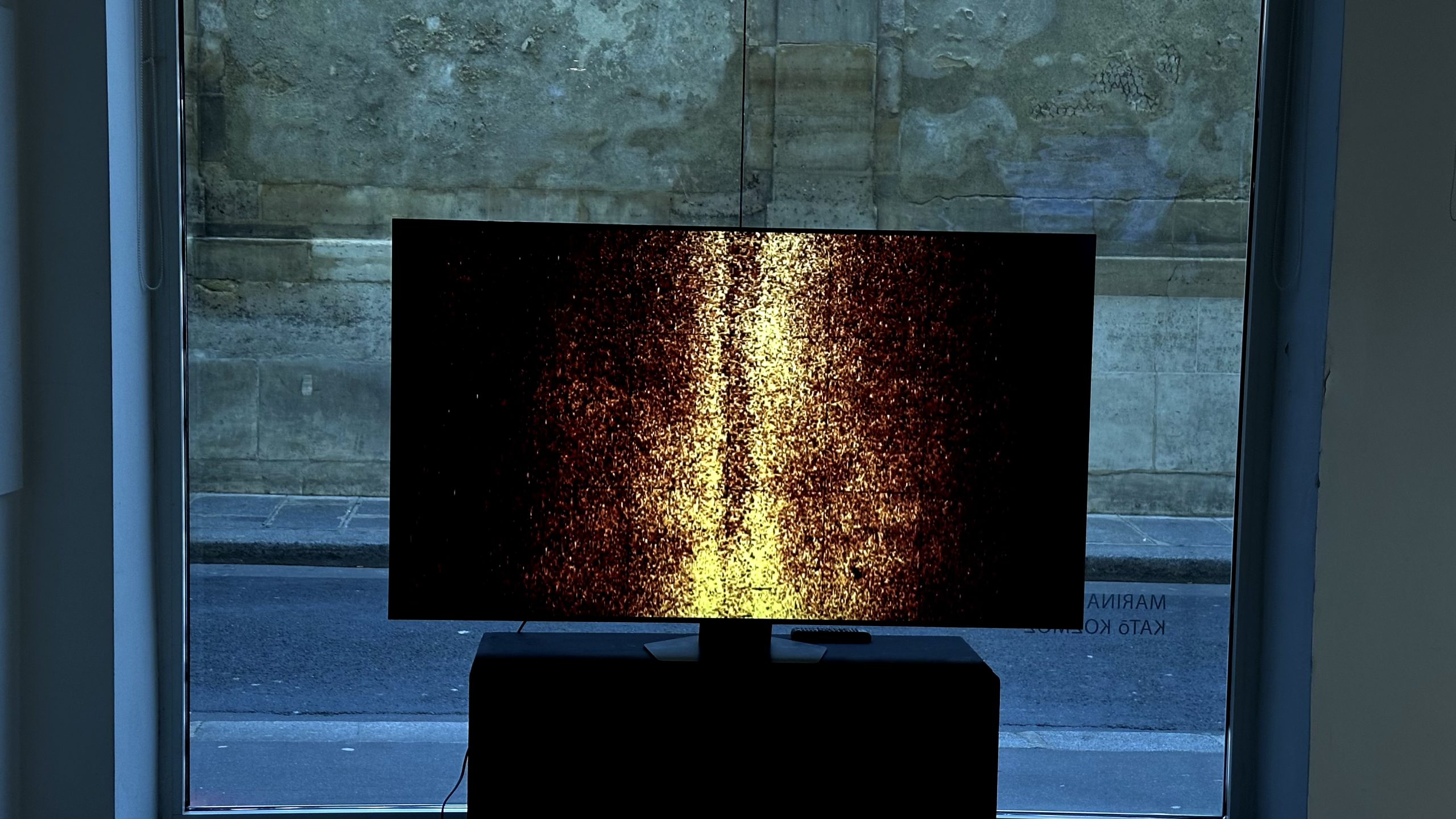
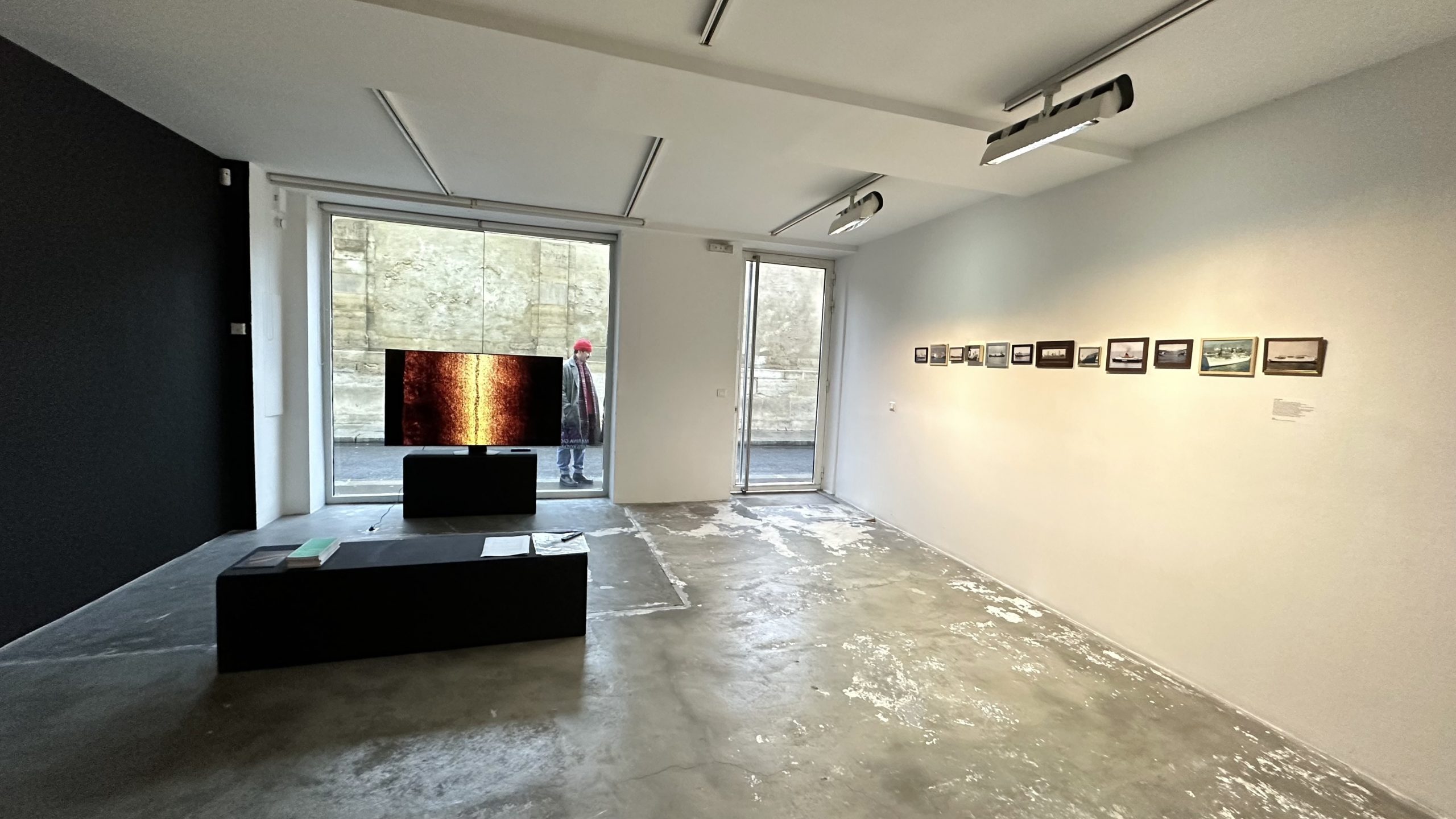
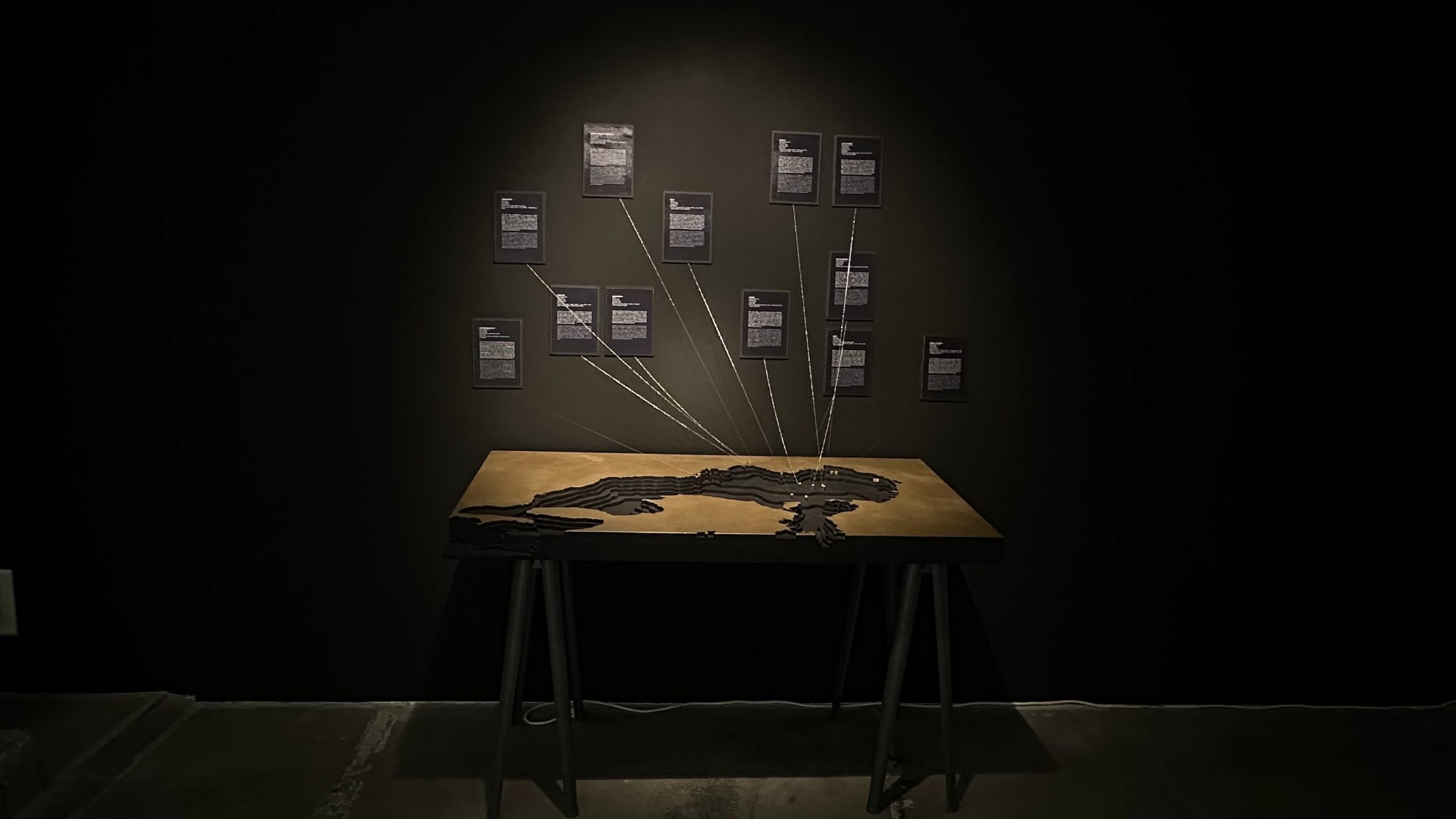
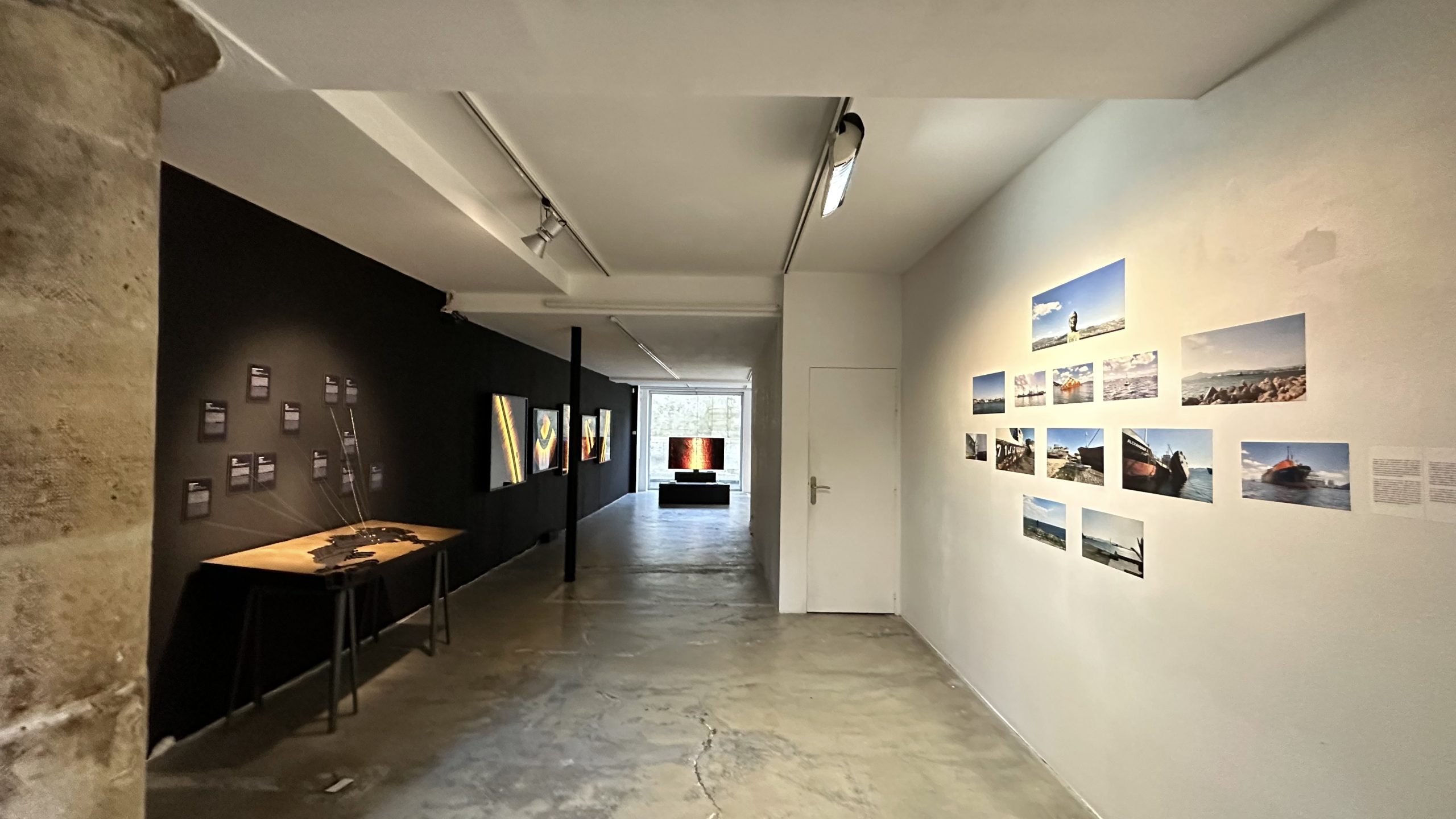
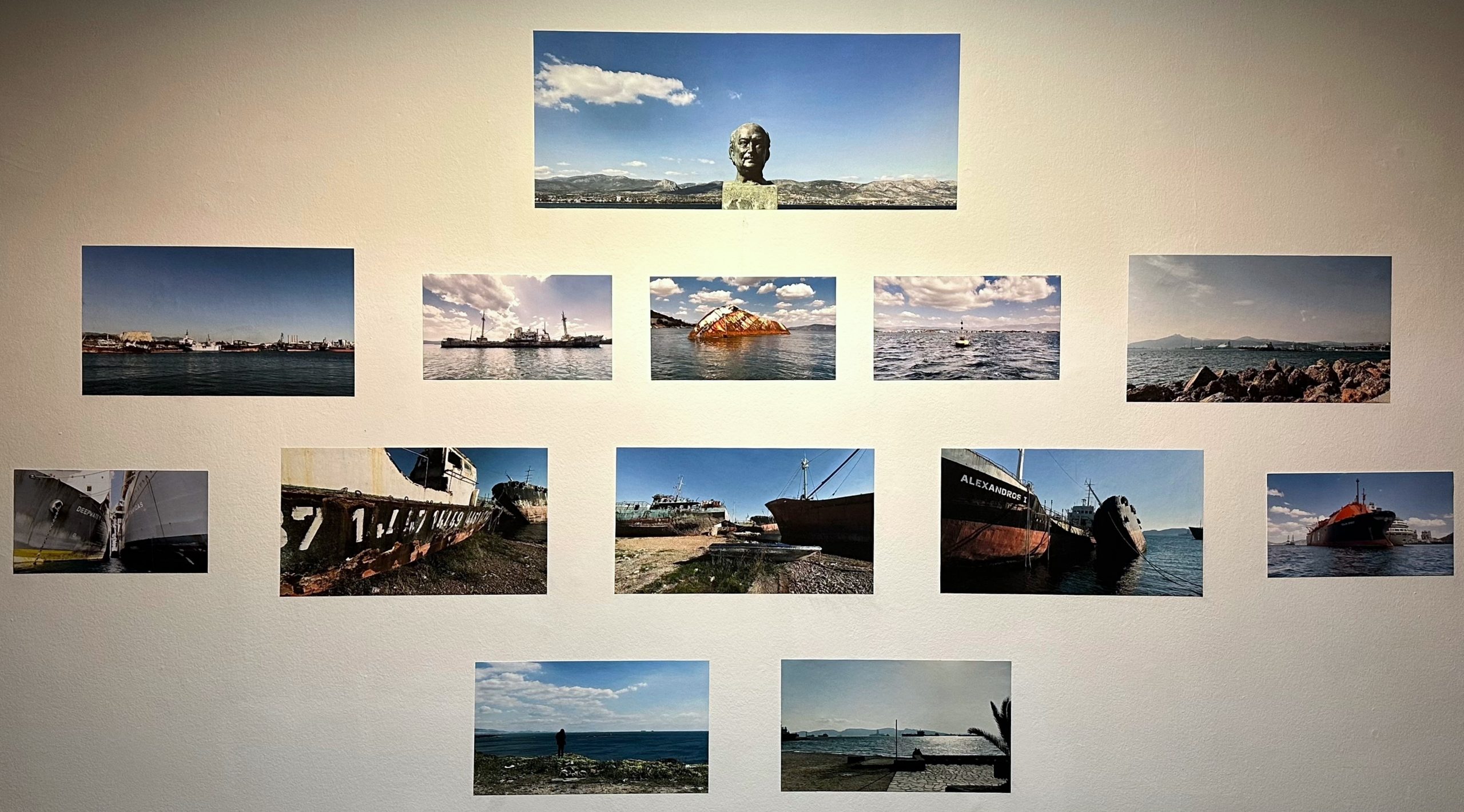
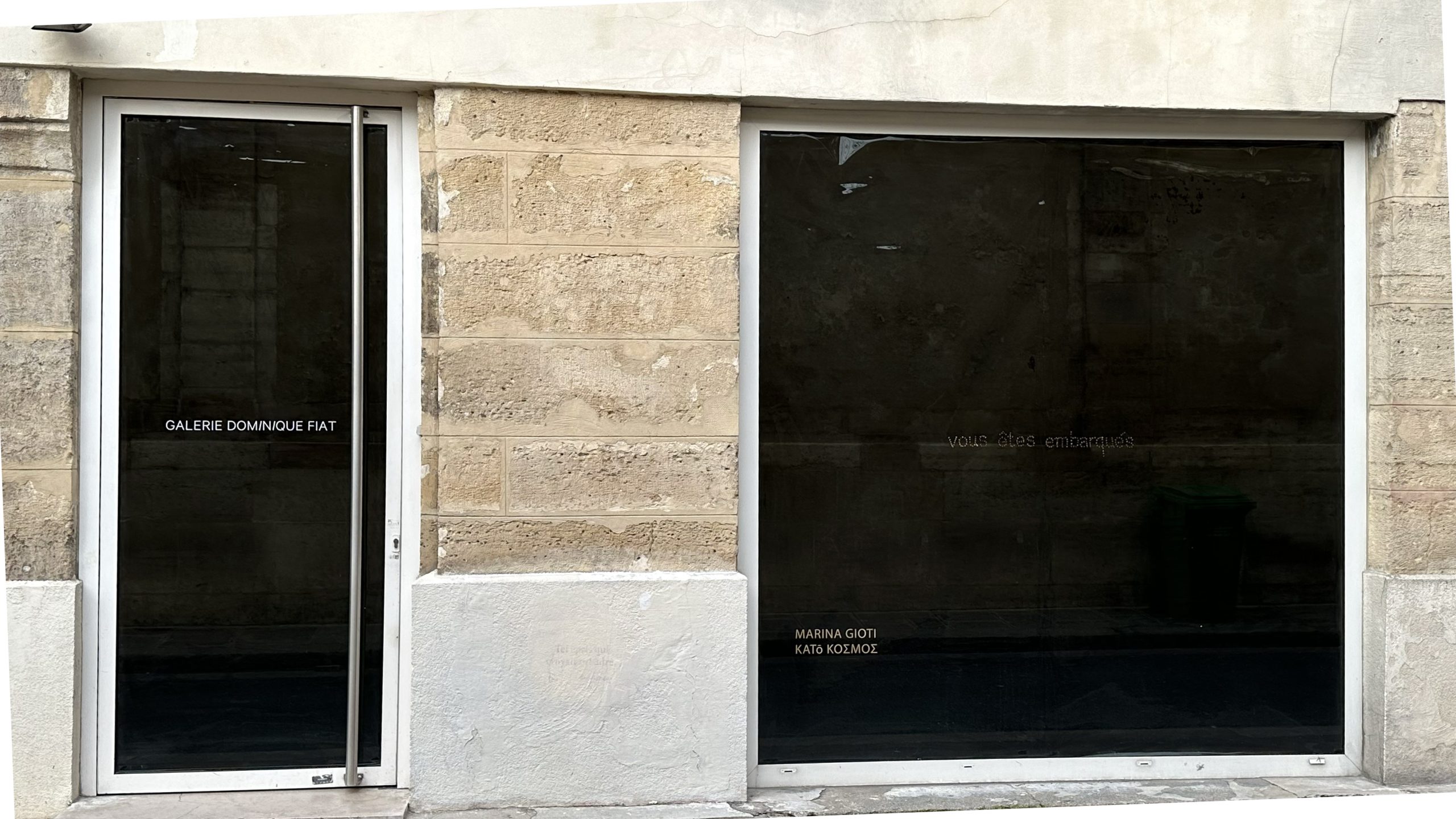
Elefsina Mon Amour exhibition, Old Olive Mill © Yiannis Hadjiaslanis
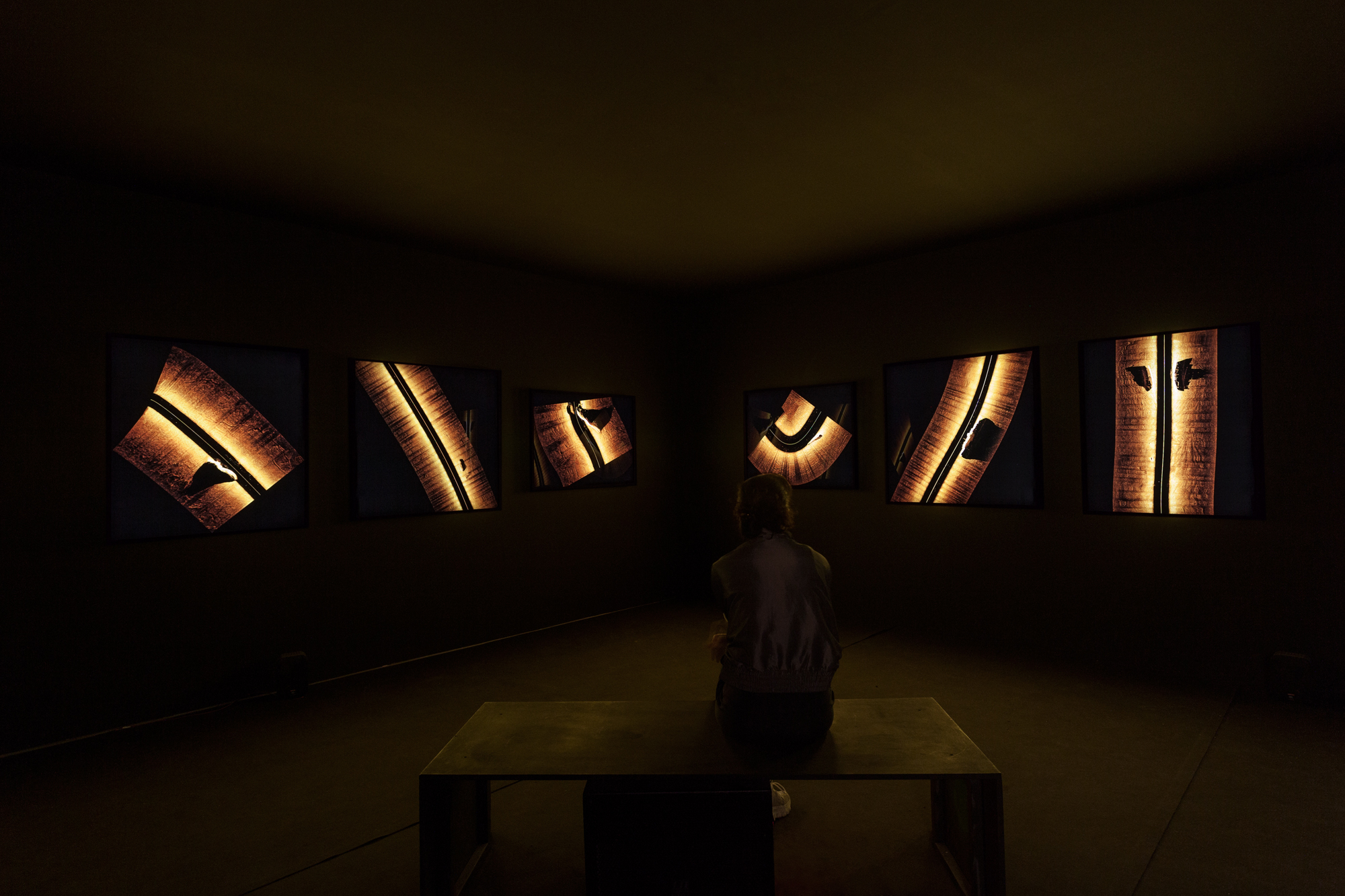
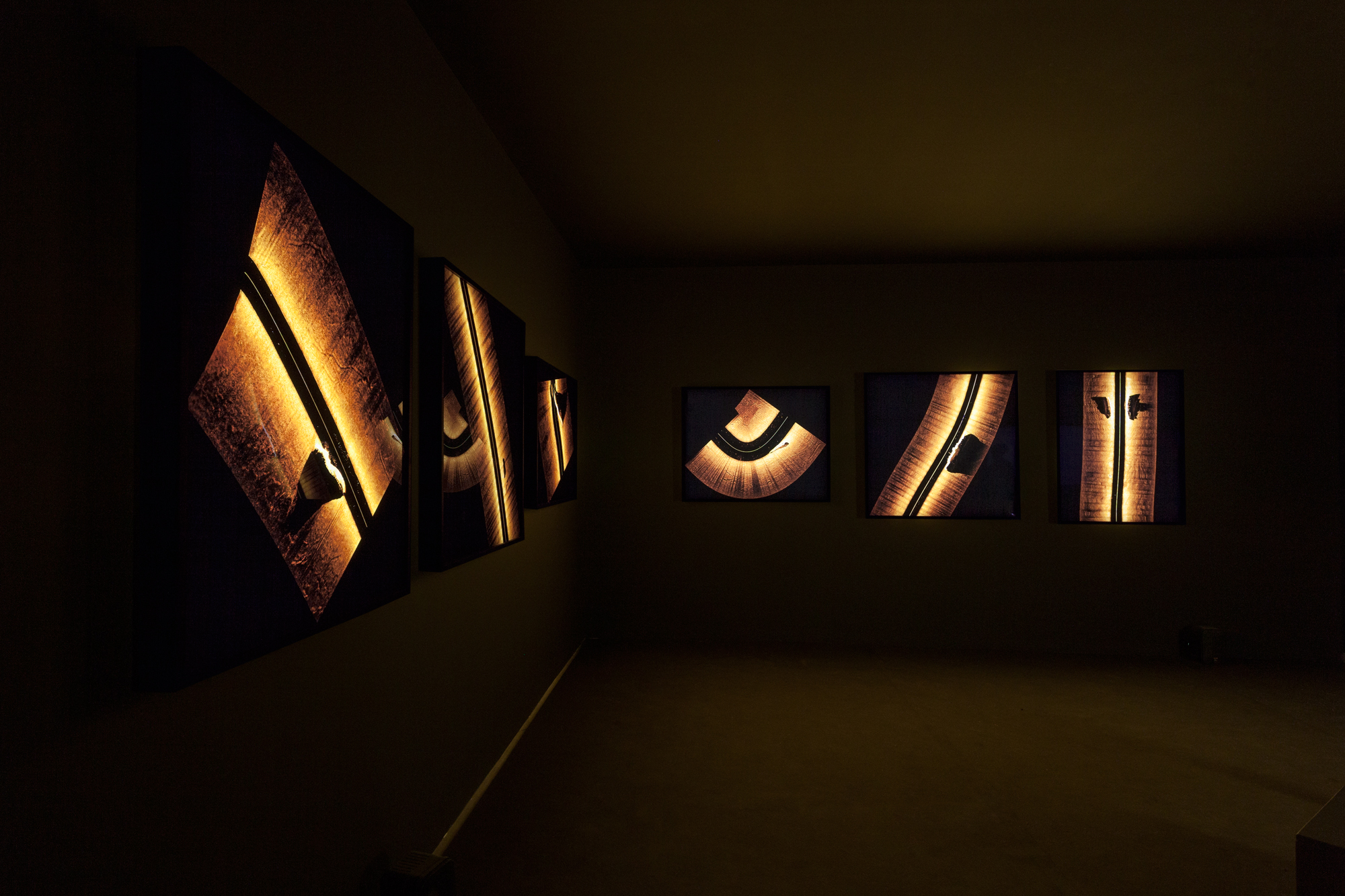
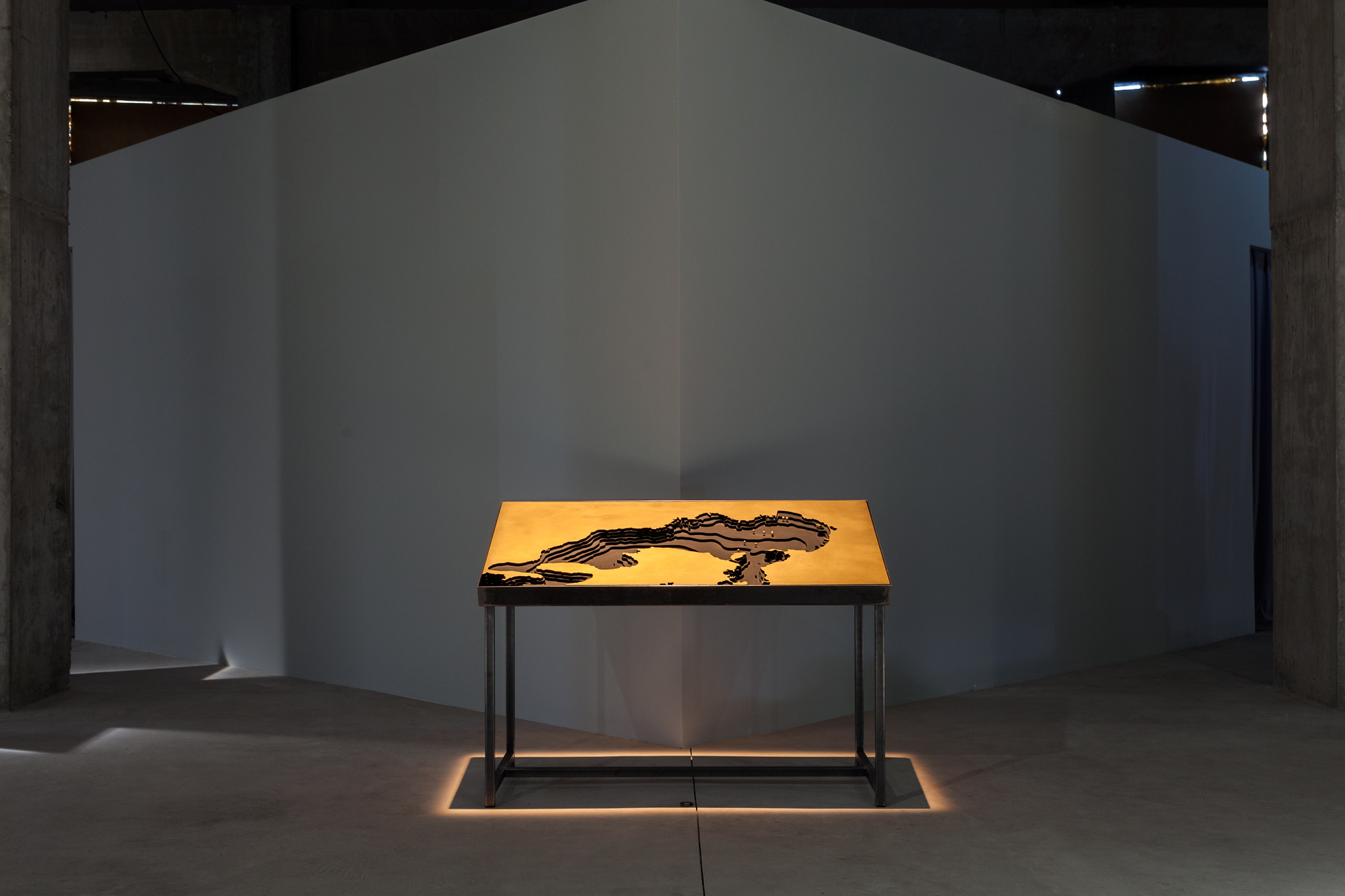
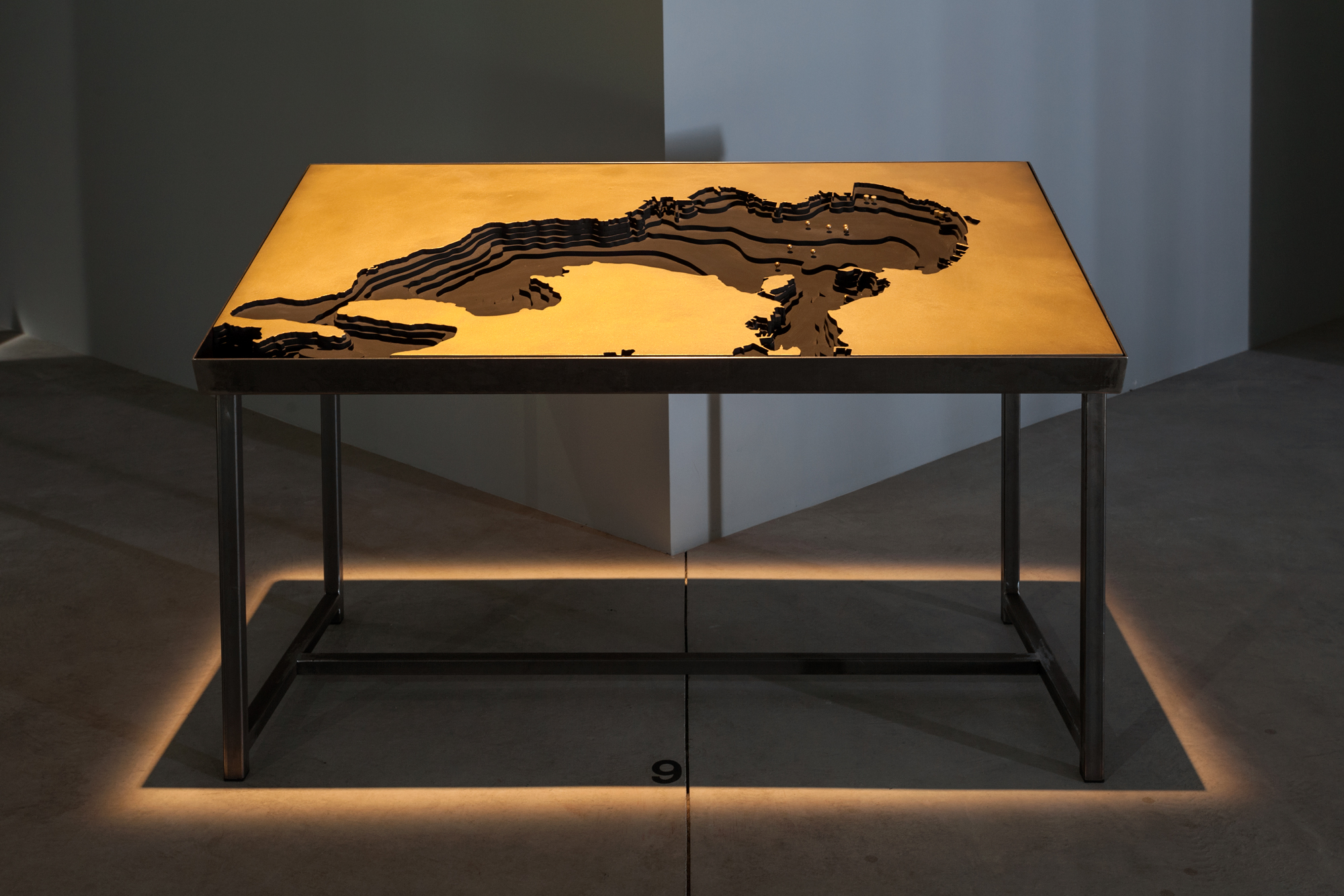
Multibeam echo sounder video stills © Marina Gioti
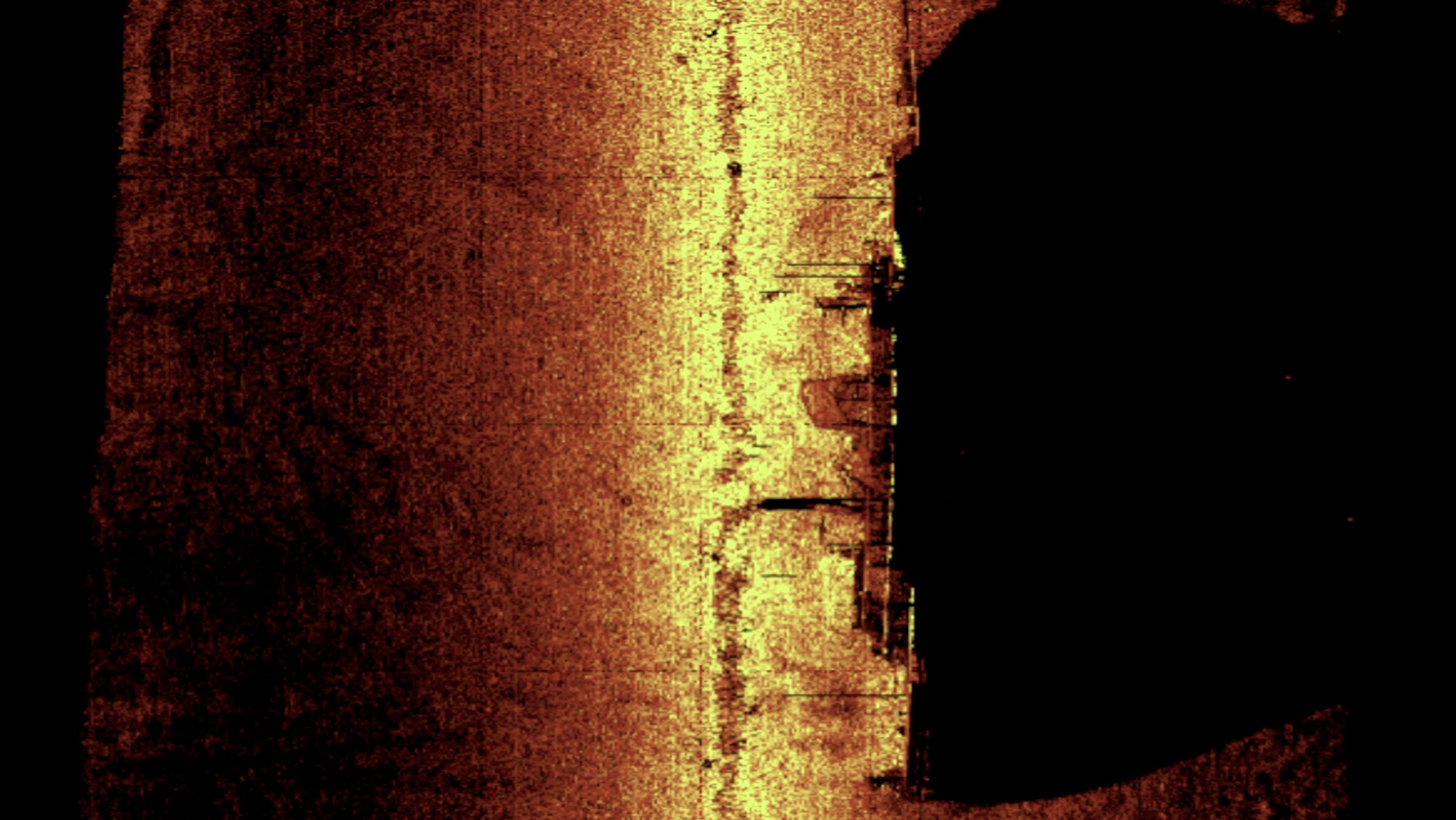
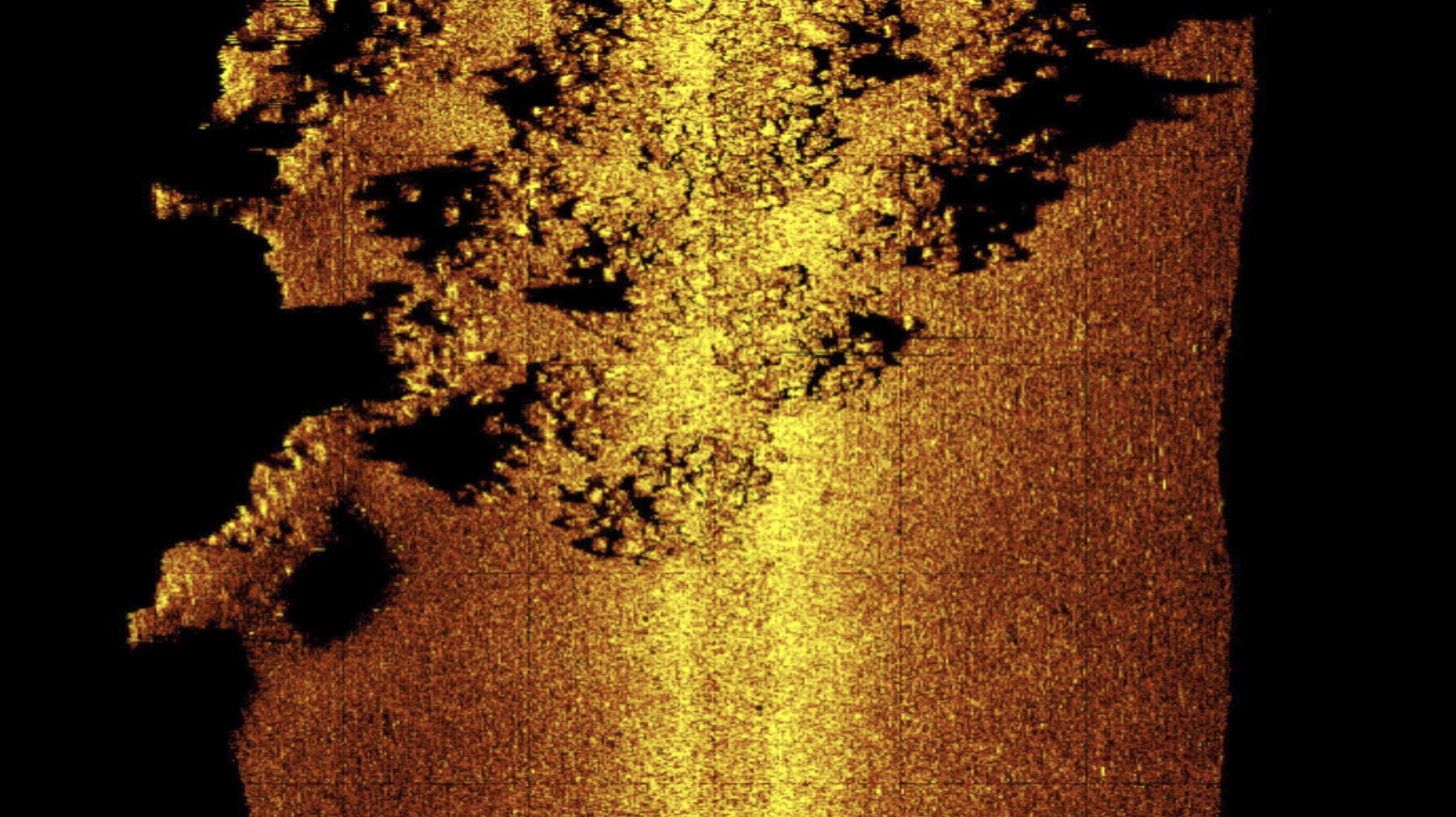
Elefsina Bay seabed mapping survey photos © Marina Gioti
